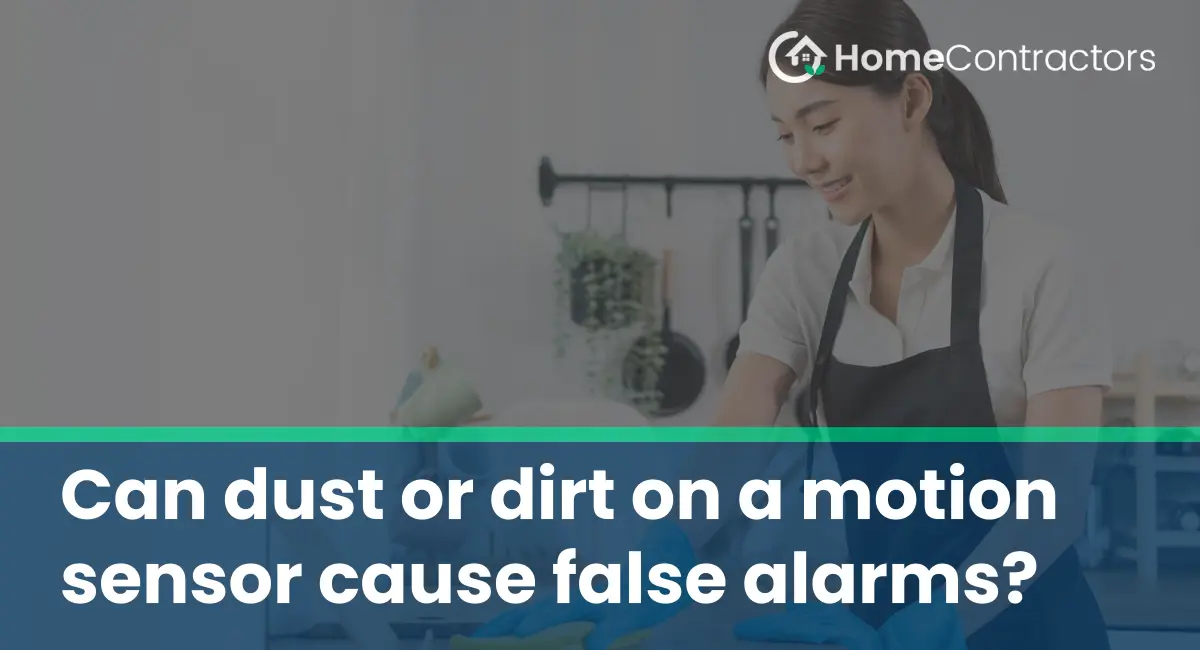Motion sensors are an essential part of home security systems, as they detect any movement within their range and trigger an alarm or notification. However, many homeowners have experienced false alarms from their motion sensors, leaving them wondering why this occurs. One potential culprit for false alarms is dust or dirt accumulation on the motion sensor. In this article, we will explore the impact of dust or dirt on motion sensors and whether it can cause false alarms.
Understanding Motion Sensors:
Before delving into the effects of dust or dirt on motion sensors, it’s crucial to understand how these devices work. Motion sensors use various technologies to detect movement, including passive infrared (PIR) sensors, microwave sensors, and dual-technology sensors. PIR sensors are the most common type used in residential settings, detecting changes in infrared energy emitted by humans or animals. They work by analyzing heat patterns in their range and triggering an alarm when a significant change occurs.
The Impact of Dust and Dirt:
Dust and dirt can have a substantial impact on the performance of motion sensors. When these particles accumulate on the sensor’s surface, they create a barrier that interferes with the sensor’s ability to detect and interpret infrared energy changes accurately. As a result, false alarms may occur if the sensor misinterprets dust or dirt as movement and triggers the alarm system.
False Alarm Factors:
Several factors determine whether dust or dirt on a motion sensor will cause false alarms. These factors include the type and quality of the sensor, the level of dust or dirt accumulation, and the specific environment in which the sensor is installed.
Type and Quality of Sensor:
The design and construction of the motion sensor play a crucial role in determining how susceptible it is to false alarms caused by dust or dirt. High-quality sensors typically incorporate features such as sealed housing or protective coatings to minimize the impact of external factors like dust or dirt. Cheaper or lower-quality sensors may be more prone to false alarms, as they may lack these protective measures.
Level of Accumulation:
The amount of dust or dirt accumulated on the motion sensor can directly affect its performance and the likelihood of false alarms. A thin layer of dust may not cause significant interference, while a thick buildup can impair the sensor’s ability to accurately detect movement. Regular cleaning and maintenance of motion sensors can help prevent false alarms caused by dust or dirt accumulation.
Specific Environment:
The environment in which the motion sensor is installed also plays a crucial role in determining the impact of dust or dirt on false alarms. For instance, sensors installed outdoors or in areas prone to dust, such as garages or workshops, may be more susceptible to false alarms due to dirt accumulation. Additionally, humidity levels and extreme weather conditions can further impact the sensor’s performance, potentially leading to false alarms.
Preventing False Alarms:
To avoid false alarms caused by dust or dirt on motion sensors, several preventive measures can be taken:
- Regular Cleaning: Regularly clean the sensor’s surface with a soft, lint-free cloth to remove any dust or dirt buildup. Avoid using cleaning agents that may leave residue, as this can interfere with the sensor’s function.
- Proper Placement: Install the motion sensor in an area with minimal dust or dirt exposure. Avoid placing it near vents, windows, or areas with high foot traffic that may introduce more dust or dirt into the environment.
- Maintenance and Inspections: Schedule periodic maintenance and inspections of your security system to ensure motion sensors are clean and functioning correctly. Professional technicians can identify any underlying issues and provide appropriate solutions.
While dust or dirt on a motion sensor can potentially cause false alarms, understanding the impact and taking preventative measures can help mitigate this risk. Regular cleaning, proper placement, and maintenance are key to ensuring the optimal performance of motion sensors and reducing false alarms. By keeping these factors in mind, homeowners can enjoy a reliable and effective home security system that minimizes false alarms and provides peace of mind.
